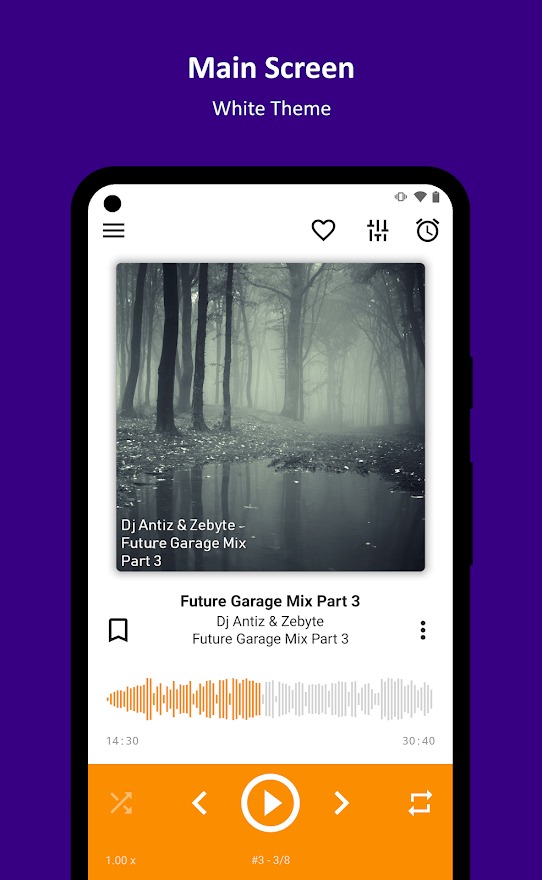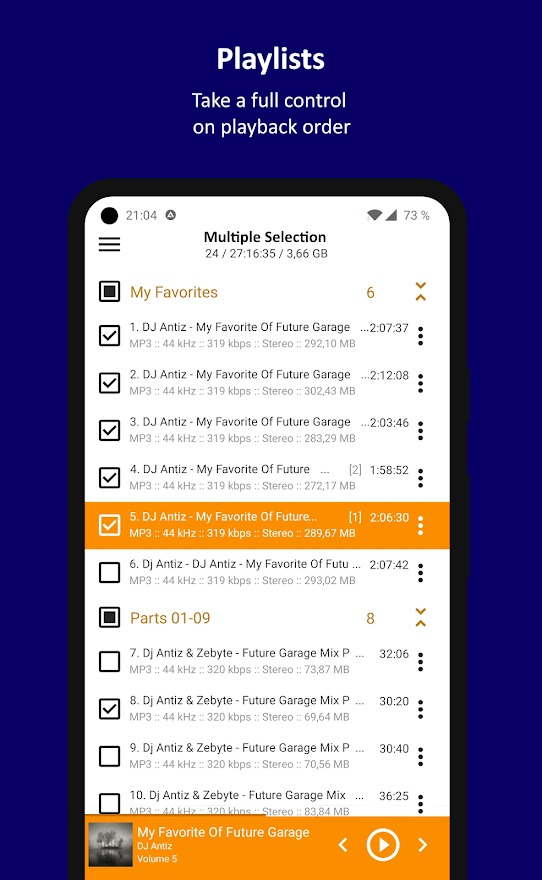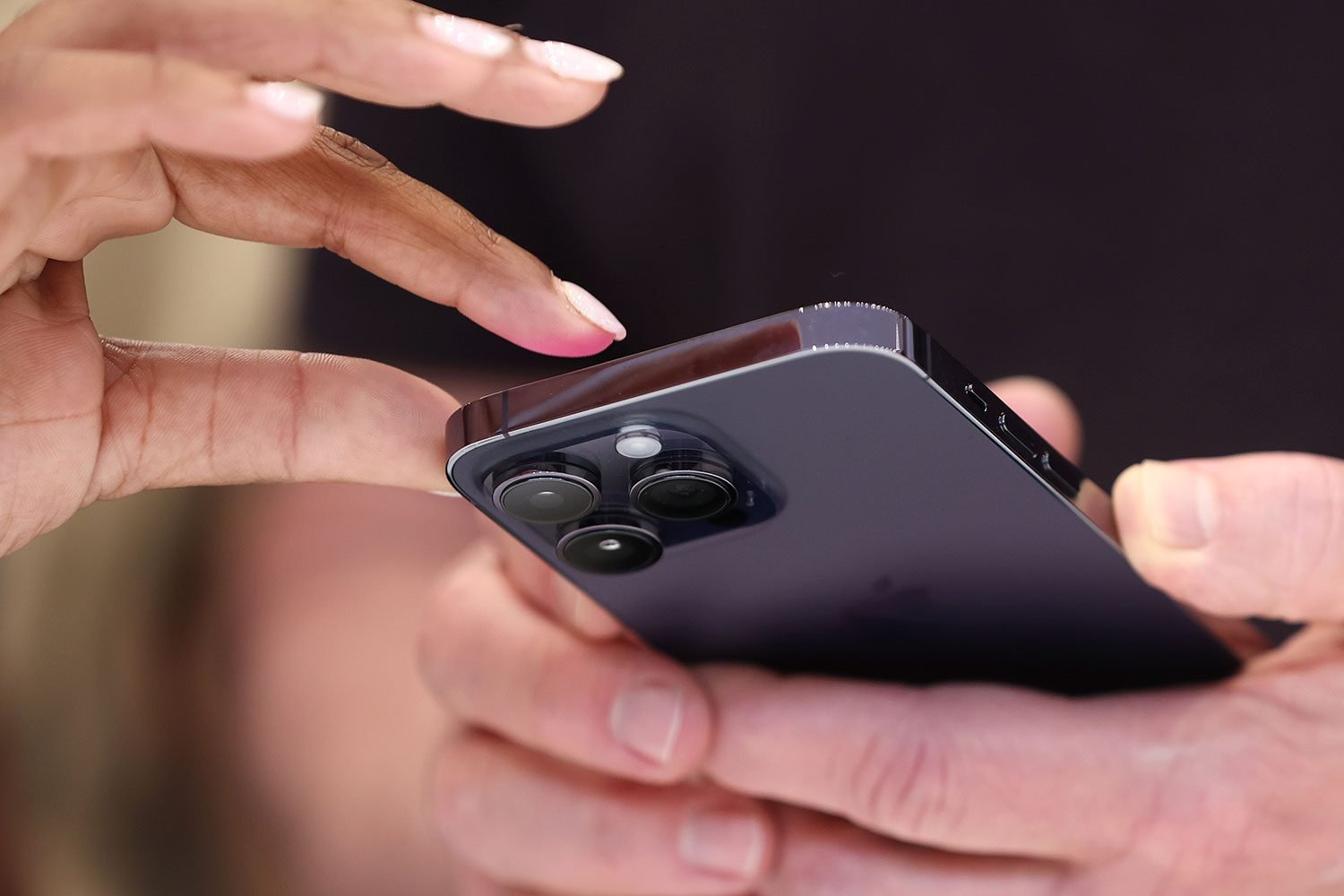Streaming wireless audio has been available for several years thanks to dedicated wireless streaming services such as Tidal, Deezer, Qobuz and more recently Amazon Music HD. However, it has always been expensive, for example twice as expensive as most premium subscriptions. Lossless audio/music will be much cheaper and more accessible now that Apple and Spotify have joined the fray.
Spotify HiFi could be the holy grail for high-fidelity audiophiles. Spotify will offer some of your favourite music in lossless CD-quality audio, competing with streaming services like Tidal.
Streaming music in high quality is regularly one of the most requested innovations by its customers, who have been limited to 320 kbps until now, according to Spotify.
Apple and Amazon have recently addressed higher-resolution music by making Apple Lossless Audio and Amazon Music HD available for free to Apple Music and Amazon Music Unlimited customers – which could be a clue that Spotify HiFi is on the way.
But what is lossless audio? How much better is it than the music you listen to now? Here’s a quick overview of what you need to know.
- What exactly is Lossless audio?
- Does Apple Music support Lossless audio?
- How to play Lossless Audio on iPhone
- How to Turn On/Off Lossless Compression on iOS?
- How to listen to Lossless music on Android?
- Can I play WAV, FLAC, AIFF, ALAC, and APE on Android?
- What is the best Lossless audio service?
- Is it really worth it to pay for a Lossless streaming service?
- Lossless Conclusion
What exactly is Lossless audio?
Before we get into the meaning of lossless audio, it is important to understand the frequently used words bitrate and sample rate.
Bitrate: the amount of data encoded as sound every second is referred to as the bitrate. Because data is expressed in bits, the bit rate is usually expressed in kilobits per second (kb/s).

Sampling rate: The sampling rate is the number of audio-to-data conversions per second. The sampling rate is expressed in kilohertz (kHz) because any value per second is a frequency.
If you are unsure what bitrate and sample rate means, remember that the higher the bitrate and sample rate, the better the sound quality will be.
Most audio files you will find on the Internet today are in MP3 format. This format is common because it is widely supported on a vast array of devices without compatibility concerns.
However, MP3 is a compressed audio file format, which means you may lose some of the data you would get from a lossless audio file. Some audiophiles believe they can’t tell the difference between 320 kbps MP3s and lossless audio formats like FLAC, WAV, AAC or AIFF.
Audio streaming providers also use the AAC format, which is slightly better than MP3 but still compresses the audio.
Lossless format refers to a form of compressed digital audio file that uses advanced data compression techniques to ensure that the audio track does not “lose” any detail during the compression process.
A compressed audio file, such as MP3 or AAC, is usually about 1/4 the size of the original recording. Losslessly compressed audio files, such as FLAC or ALAC (Apple Lossless), are currently approximately half the size of the original recordings.
Does Apple Music support Lossless audio?
Yes, it does. Actually, Apple has its own lossless audio compression (ALAC) technology called Apple Lossless Audio Codec. In addition to the AAC format, the entire Apple Music collection is now encoded in ALAC with high resolution lossless audio ranging from 16-bit/44.1kHz (CD quality) to 24-bit/192kHz.

This gives Apple Music members the choice to listen to music in lossless audio compression, even though the difference between AAC and lossless audio is almost imperceptible.
Streaming lossless audio over a cellular or Wi-Fi network uses much more bandwidth. In addition, downloading lossless music takes up much more space on the device. Higher resolutions require the use of more data than lower resolutions.
For instance, Apple’s AAC Bluetooth codec is used in AirPods, AirPods Pro, AirPods Max and Beats wireless headphones to deliver superior sound quality. On the other hand, the Bluetooth connection is not lossless. Current technology can’t ensure 100% Bluetooth lossless audio, due to the Bluetooth’s bandwidth, although Qualcomm, a semiconductor company, has previously announced that they are now capable of delivering lossless audio over Bluetooth that should be a combination of Bluetooth 5.3 and aptX audio codec. But for now, stick to a wired connection for a true Lossless experience.
To get the lossless version, just delete the music you previously downloaded from Apple Music and re-download it from the Apple Music collection.
How to play Lossless Audio on iPhone
In order to listen to Lossless Audio on an iPhone or iPad running iOS or iPadOS 14.6 or later you will need the following:
- A wired connection to either receivers, headphones, or powered speakers.
- Also, the built-in speakers.
- You’ll need an external digital-to-analogue converter to listen to music with sample rates greater than 48 kHz.
How to Turn On/Off Lossless Compression on iOS?
Step 1: Go to Music in the Settings menu.
Step 2: From the menu, select Sound Quality.
Step 3: You can turn lossless audio on or off by tapping on it. From this menu, you can select the audio quality for streaming and downloading music.
For a maximum resolution of 24 bit/48 kHz, this is lossless quality.
For a maximum resolution of 24 bit/192 kHz, select Hi-Res Lossless.
How to listen to Lossless music on Android?
As Apple Music supports Lossless audio streaming, there is certainly a lot of hype around high-quality listening. Surely Android phones users can’t stay behind with a bunch of apps that already support Lossless music streaming.
Can I play WAV, FLAC, AIFF, ALAC, and APE on Android?
Yes, you can play these lossless formats in an Android app called PowerAmp that already has more than 50 mil. installations. The app also offers lyrics, a dynamic play queue, a musiXmatch plugin and other handy features. You can also customize the app with various skins, plugins, tempo control etc. You can download a TRIAL version on Google Play for free. The full version costs £5.76 with VAT.




As a good alternative to PowerAmp can certainly be an AIMP player, that is free to download on Google Play as well. Instead of a built-in music library, it uses old school playlist-based approach. The AIMP’s style is also customizable, although it remains to be a pretty simple, non-cluttered app that is fast even on less powerful Android phones.
What is the best Lossless audio service?
Lossless audio simply implies that no data is missing during the compression process; the quality of a lossless file is thus determined by the original source being compressed.
Although lossless is a commonly used term to refer to digital audio files with the same quality as a CD (16-bit/44.1 kHz), many lossless streaming services now provide even higher-quality digital audio files.
Tidal allows HiFi subscribers to listen to Master Quality Authenticated (MQA) certified recordings up to 24bit/96kHz. In contrast, Amazon Music HD allows users to listen to “Ultra HD” up to 24-bit/192kHz.
The problem is that most lossless streaming sites lack an extensive library of these very high-resolution audio tracks. And they’re not supported by every lossless streaming provider.
Is it really worth it to pay for a Lossless streaming service?
That really depends. If you consider yourself a serious audiophile and you have the ability and proper headphones that allows you to distinguish between lossy and lossless sound then it might be the right service for you. The fact is that most people won’t notice the difference between a typical 320kbps MP3 file and a lossless FLAC or ALAC file.
As mentioned before, another thing to consider is that if you want to hear the excellent sound quality that a lossless audio file can provide, you will need the right speakers, headphones, and streaming devices to do so.
To enjoy our lossless streaming service to the fullest, you need to stream from a device that supports lossless tracks.
For example, if you have a MAC or iPhone, only a few lossless streaming services, such as Tidal HiFi and Qobuz, offer the ALAC format.
Additionally, if you typically listen to music on Bluetooth headphones or earbuds, you won’t be able to take full advantage of a lossless streaming service because it relies on a Bluetooth connection that can’t play true lossless audio.
Lossless Conclusion
If you are a true audiophile, you should be thrilled with lossless audio.
If you can’t tell the difference between lossy and lossless audio, which should be a large percentage of the population, not much will change, except perhaps a little more data consumption.
Unlike video content, where going from 480p to 1080p makes a significant difference, the increase in lossless audio may not be as noticeable to many people.




